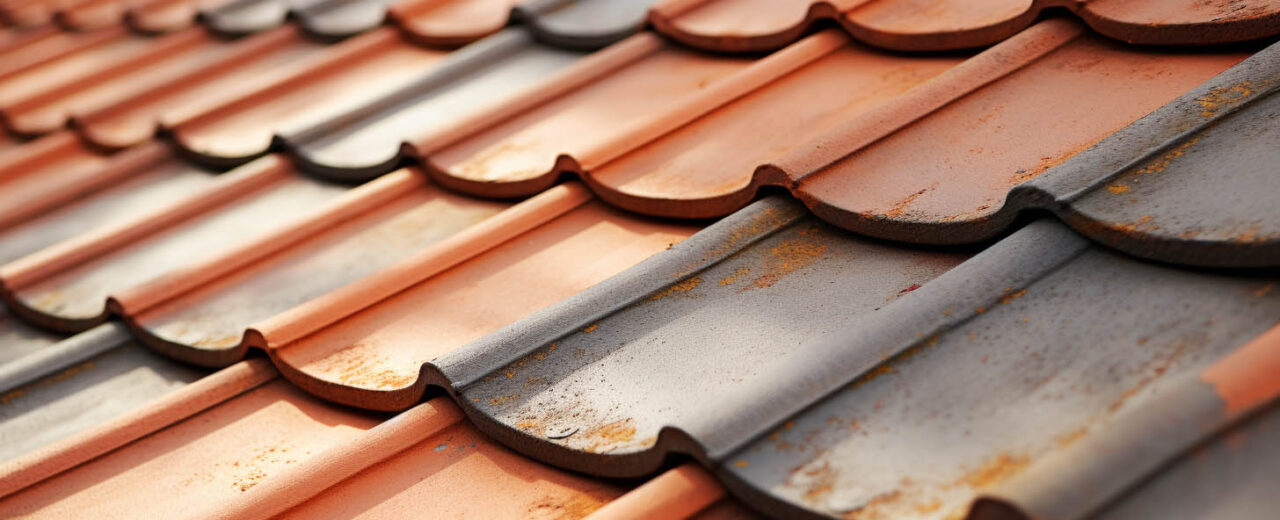In regions prone to seismic activity, the structural integrity of a building, especially its roof, becomes paramount. A well-designed, earthquake-resistant roof not only safeguards the occupants but also ensures the longevity of the structure. Here, we delve into the essential components of an earthquake-resistant roof and how The Roofing Center can help you achieve it.
1. Prioritize Lightweight Roofing Materials
The weight of the roofing material plays a pivotal role in determining its earthquake resistance. A lighter roof is inherently less likely to collapse under seismic stress compared to its heavier counterparts.
Metal Panels
Metal roofs, particularly those made of aluminum, stand out as a top choice. Not only are they lightweight, but they also offer exceptional resistance to earthquakes. In many cases, metal roofs weigh significantly less than traditional asphalt shingle roofs.
Fiberglass Shingles
For those seeking an affordable yet lightweight option, fiberglass asphalt shingles are an excellent choice. They weigh less than other asphalt shingle variants, such as architectural shingles, making them a preferred choice for many homeowners.
Wood Shakes and Shingles
Wood, being a relatively lightweight material, is another viable option. Wood shakes, which are hand-split, exude a rustic charm, whereas wood shingles offer a sleeker, modern look.
It’s crucial to note that while selecting roofing materials, one should avoid heavy materials like slate, clay, and stone tiles. These materials, despite their aesthetic appeal, are among the heaviest in the market and can compromise the roof’s earthquake resistance.
2. The Significance of the Right Roof Frame
The design of the roof frame is another critical factor in ensuring earthquake resistance. A roof with a low slope is recommended for optimal resistance against seismic forces. Specifically, a slope between 3 and 15 degrees is considered ideal.
Incorporating roof blocks at the junction of every roof rafter and the exterior wall of the house is a wise move. These blocks effectively transfer the lateral loads induced by earthquakes to the walls, preventing the roof frame from rotating or collapsing.
Moreover, securely connecting the rafters to the top of the exterior walls and using ridge boards can further enhance the roof’s stability. The addition of metal strap connectors, commonly referred to as seismic ties, to the roof frame can significantly bolster the roof’s resistance to seismic forces.
3. Opting for Earthquake-Resistant Roof Sheathing
Roof sheathing, also known as roof decking, forms the foundation upon which roofing materials are laid. The three primary types of roof sheathing in use today are particleboard, plywood, and oriented strand board (OSB) sheathing.
For homes in earthquake-prone areas, experts at The Roofing Center recommend either plywood or OSB sheathing. While OSB sheathing comprises many rectangular wood strands glued and pressed together, it matches the strength of plywood, making it a popular choice among homeowners. Particleboard, on the other hand, is generally weaker and might be more susceptible to collapsing during an earthquake.
To further enhance the earthquake resistance of your roof, ensure that the deck boards are placed perpendicular to the rafters. This orientation amplifies the roof’s strength.
Conclusion
Ensuring that your home is equipped with an earthquake-resistant roof is not just a matter of safety but also a wise investment. If you’re considering a new roof installation in Bozeman or seeking the best Bozeman’s roofing contractors, The Roofing Center is here to assist. With our expertise in metal roofing service in Bozeman and a reputation as one of the leading Bozeman’s roofing companies, we’re committed to delivering quality and safety to your doorstep.


